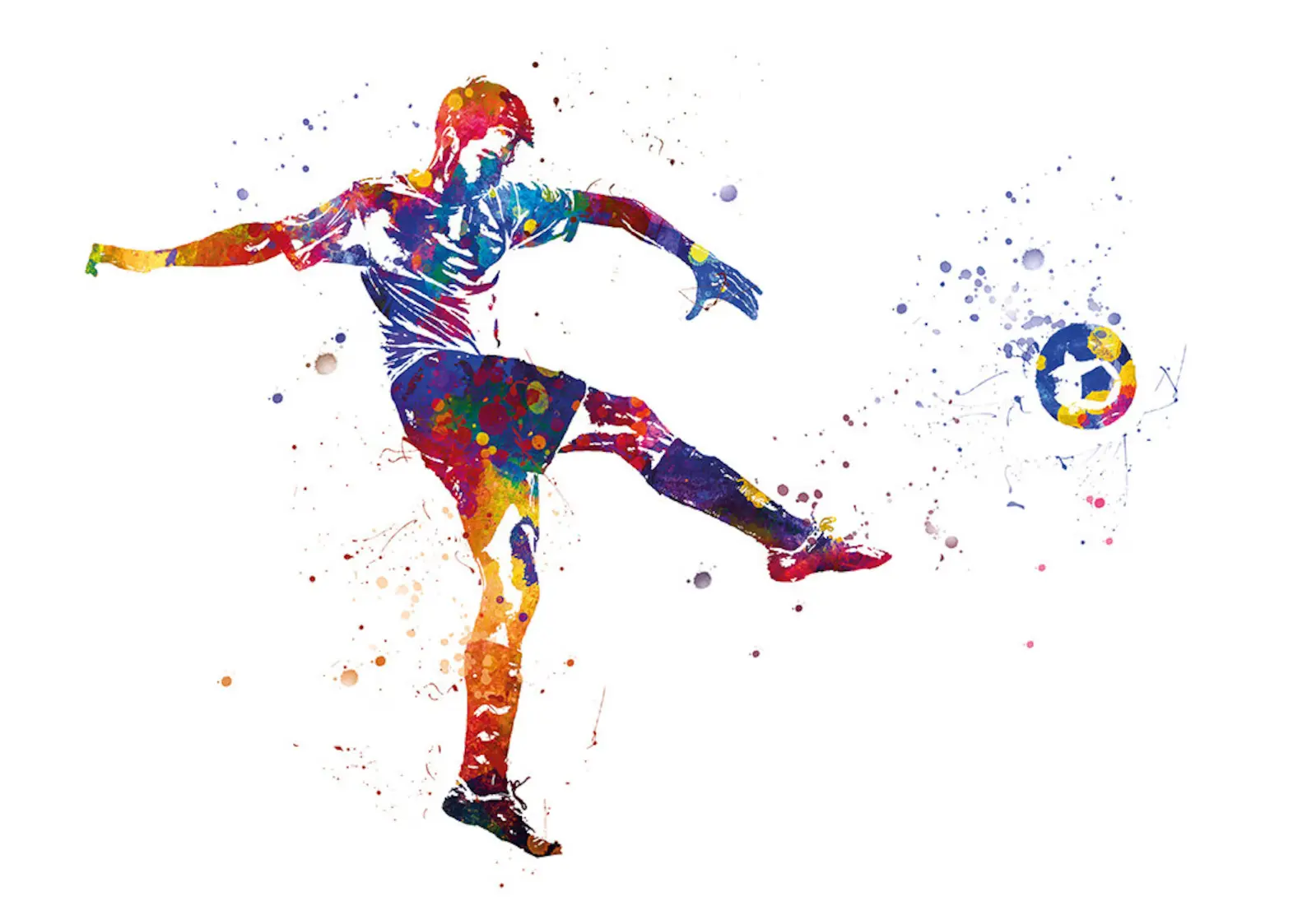Football clubs frequently utilize transfer windows to bolster their teams, yet these moves do not always yield the desired outcomes.
The Spanish newspaper As highlighted 23 players who underperformed after high-profile transfers.
Among them, five Brazilians stand out. These include Denilson, whose transfer to Betis in 1998 was then the most expensive globally.
Despite his high cost, Denilson’s performance in Spain did not match his success in Brazil.
Kaká is another example. He moved to Real Madrid after a glorious time at Milan. But in Madrid, his impact was less than expected.
Similarly, Robinho’s shift from Real Madrid to Manchester City saw a decline in his playing form.
Philippe Coutinho’s case is also notable. He transferred from Liverpool to Barcelona, aiming to replace Neymar, who joined PSG.
Unfortunately, Coutinho’s performance didn’t meet expectations. His trajectory mirrored Ousmane Dembélé’s, another player who struggled after a major move.
Filipe Luís’s experience is similar. After a victorious spell at Atlético Madrid, he joined Chelsea. This move did not yield the desired results, leading to his return to Spain.
The list includes other players who faced similar challenges. Freddy Adu’s move to Benfica, Gianluigi Lentini to Milan, and Chygrynsky to Barcelona are a few examples.
Each of these players, despite promising prospects, could not fulfill their potential at their new clubs.

Such cases illustrate a key point: high transfer fees and big names don’t guarantee success.
These players’ struggles highlight the unpredictability and pressure of football transfers.
Their experiences serve as a reminder that adapting to a new team can be challenging, regardless of a player’s previous achievements.
Background
This trend of unsuccessful transfers isn’t new in football. History shows many players struggle to adapt to new environments.
This can stem from differences in playing styles, team dynamics, or even cultural adjustments. High transfer fees also add pressure, which can affect a player’s performance.
Analyzing these cases helps clubs make future decisions. They now look beyond just talent and consider adaptability and mental resilience.
Clubs also benchmark against past transfers, learning from both successes and failures.
In summary, football transfers are complex and multi-faceted. Success depends on more than just player skill.
It involves the right fit between player, team, and environment. Understanding this can lead to more thoughtful and successful player acquisitions in the future.

